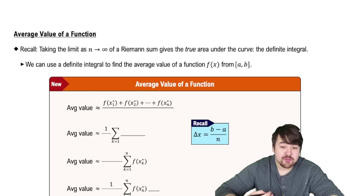20.The U.S. Postal Service will accept a box for domestic shipment only if the sum of its length and girth (distance around) does not exceed 108 in. a.What dimensions will give a box with a square end the largest possible volume?
" style="" width="250">






